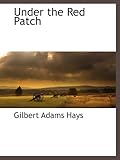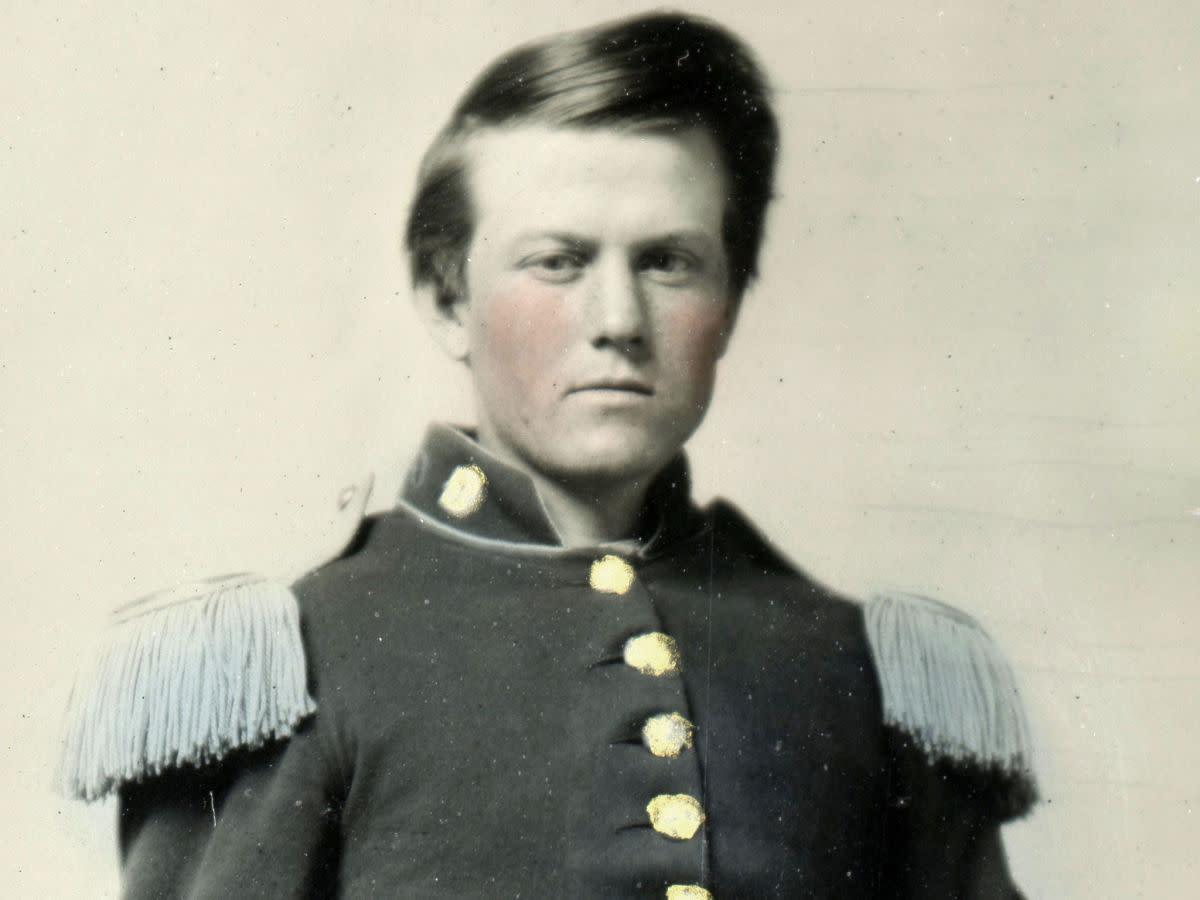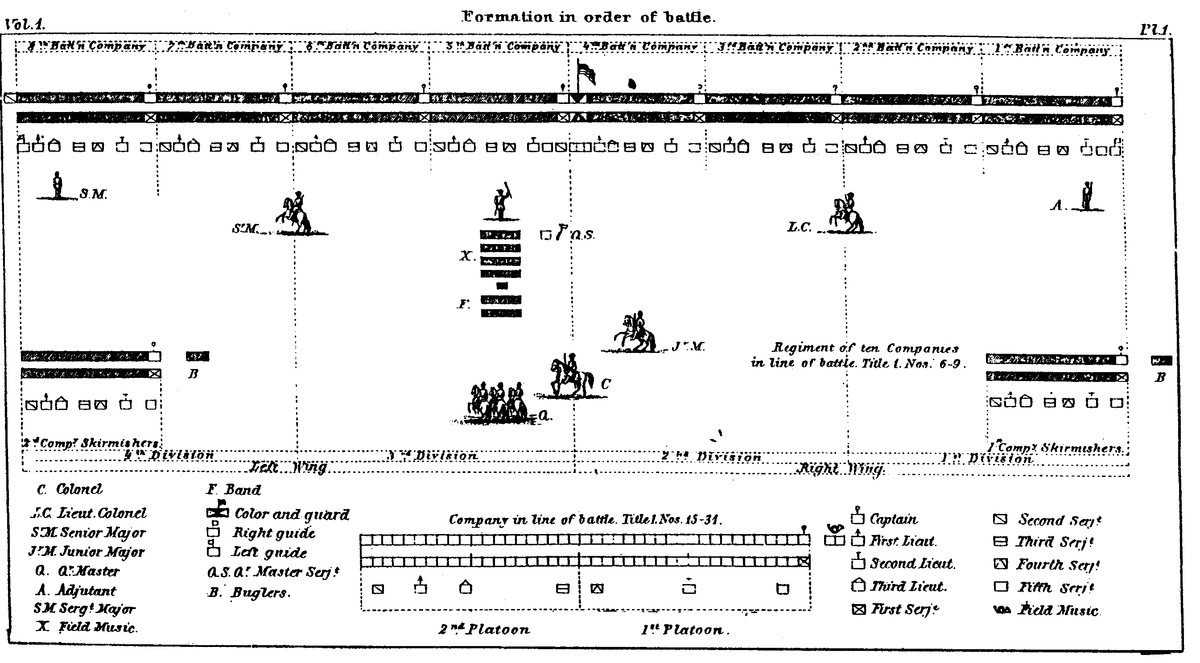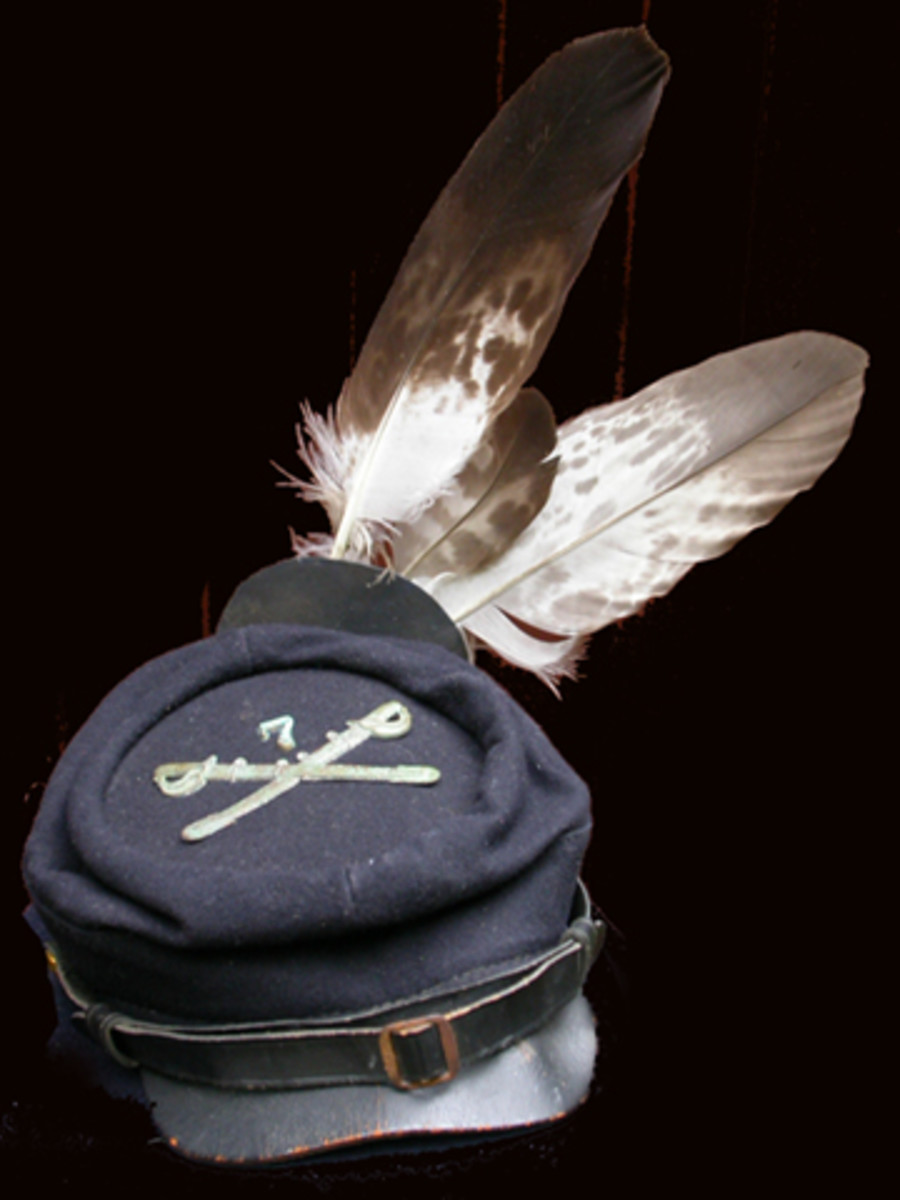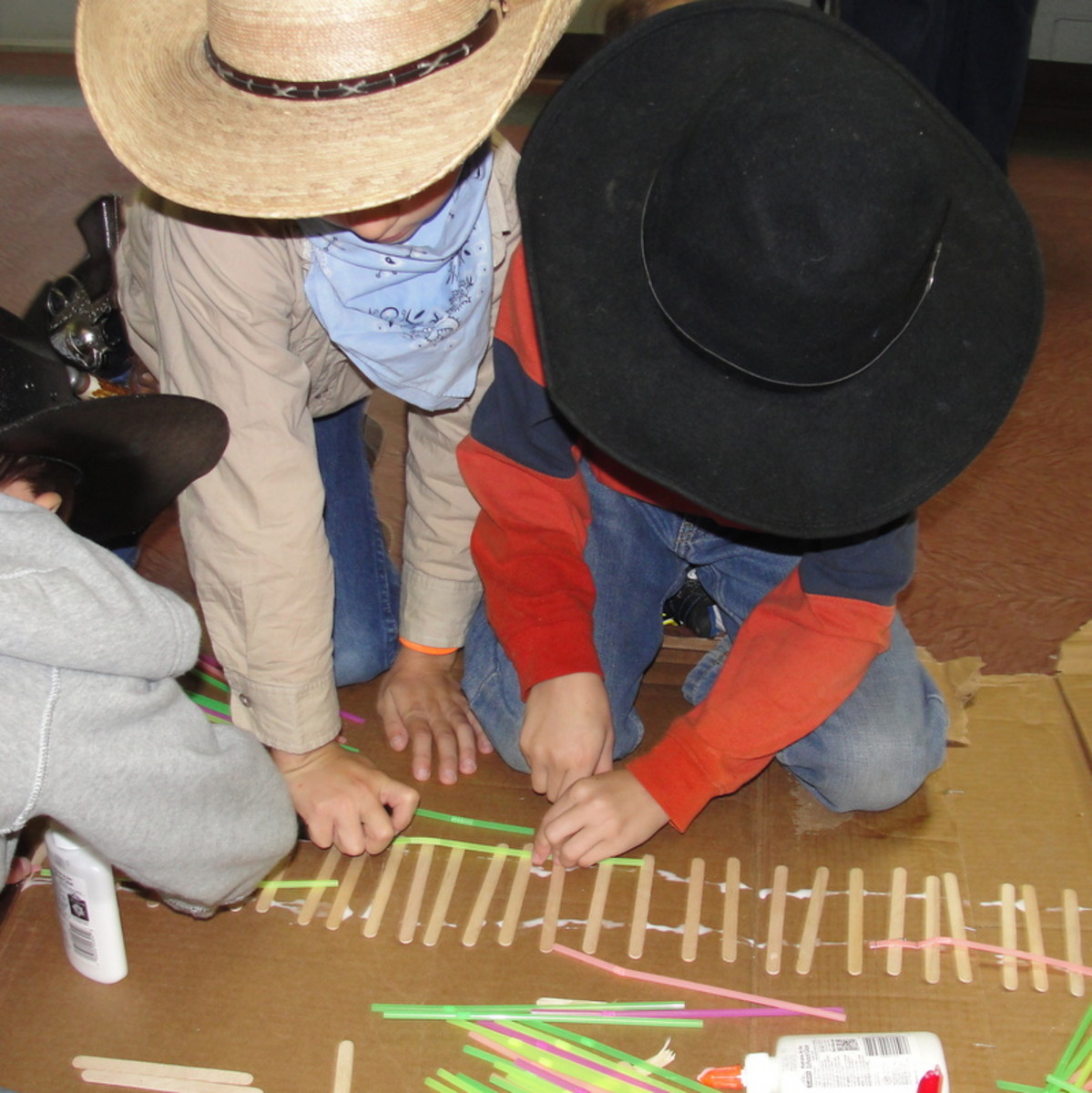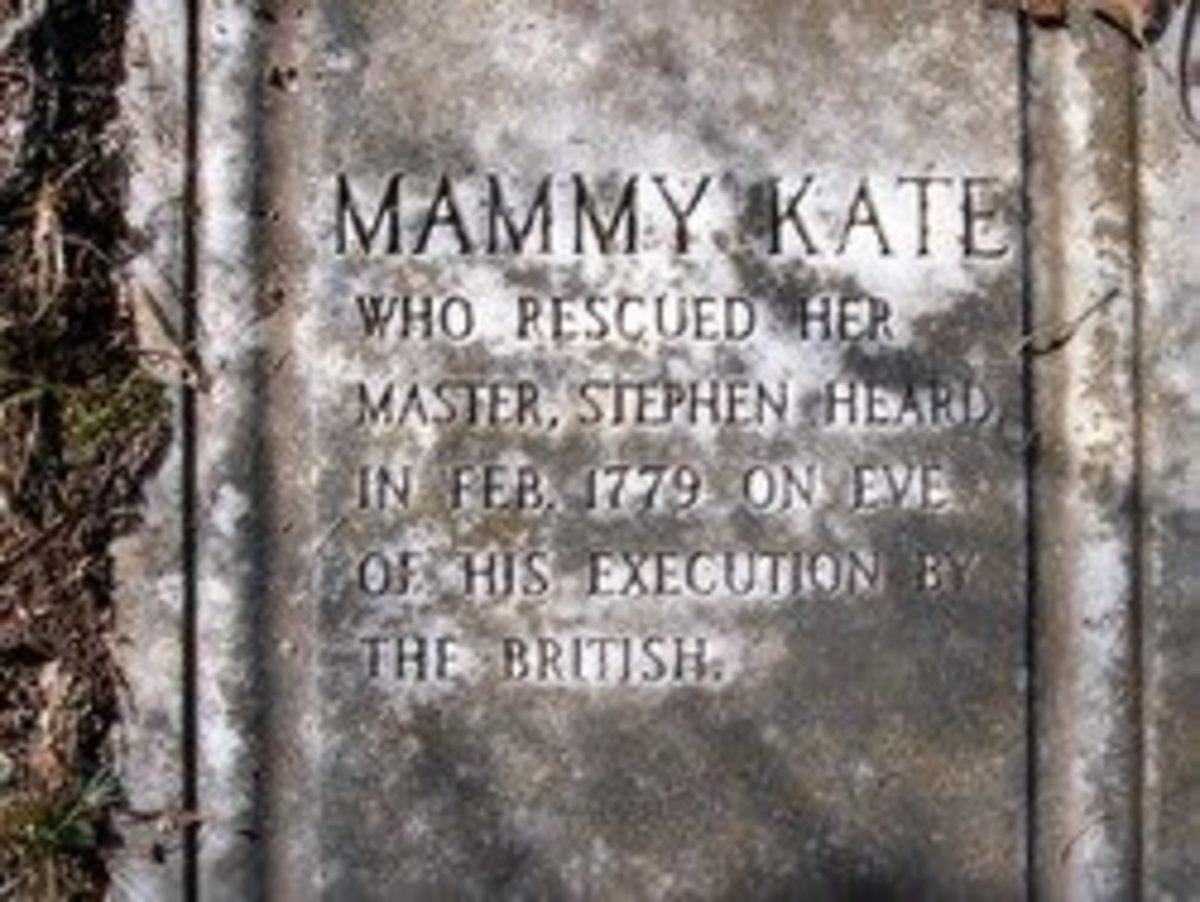- HubPages»
- Education and Science»
- History & Archaeology»
- History of the Americas
The Hays Guards: The Story of Company K of the Sixty Third Pennsylvania Volunteers (Part Six)

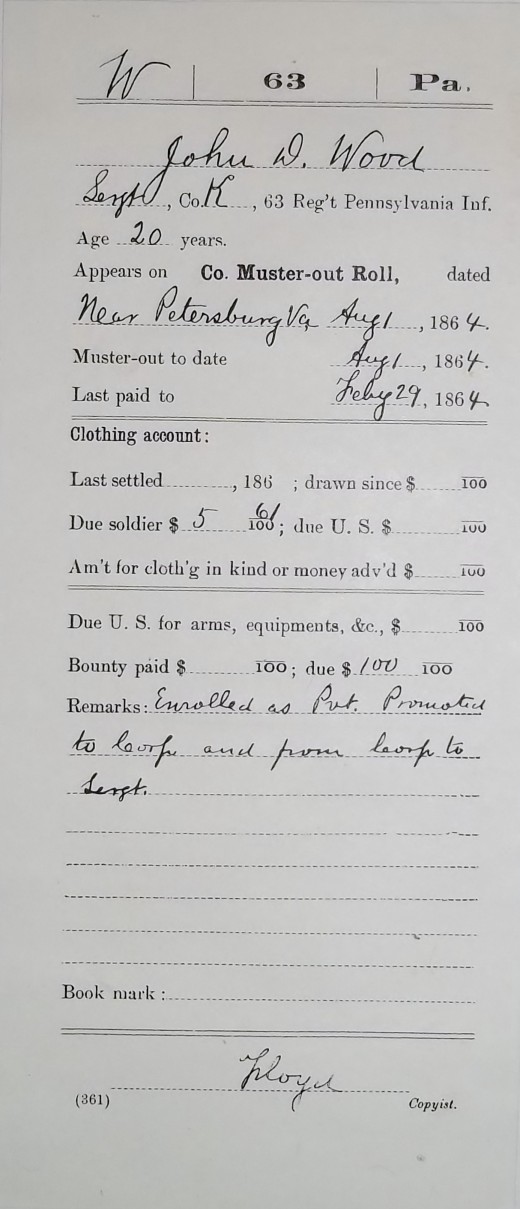
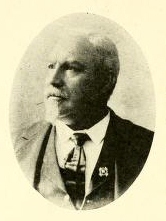
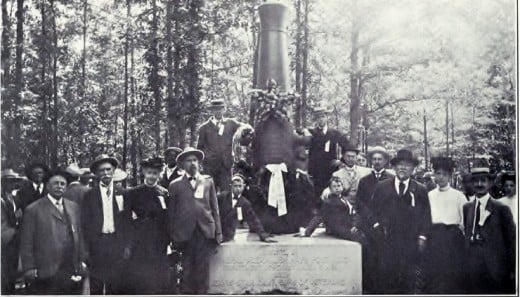
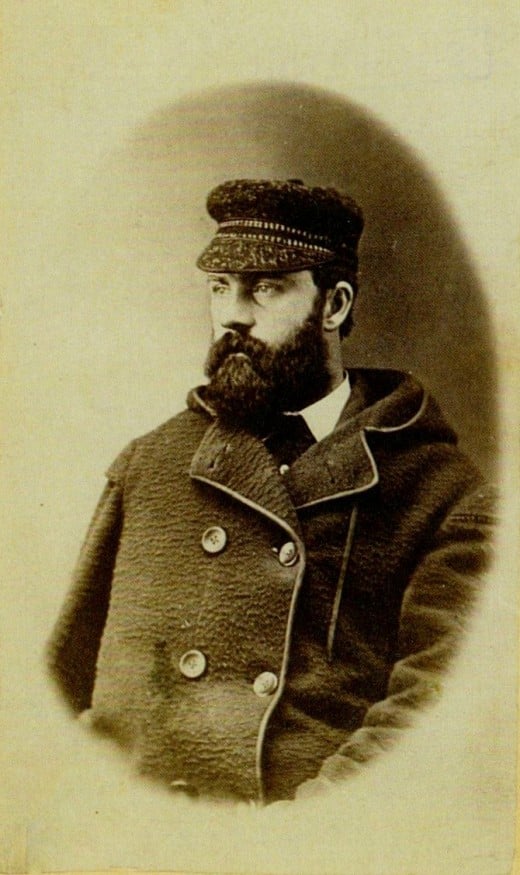
This is part six of a six-part series. To read part one, click here. To read part two, click here. To read part three, click here. To read part four, click here. To read part five, click here.
In the breaks between fighting that followed after the Battle of Cold Harbor, at various times a sort of truce was called between the enlisted men of the brigade and the Confederate soldiers. It was a common occurrence for the two pickets, upon meeting in the field, to stick their bayonets into the ground, come out of their rifle pits and exchange greetings and trade for items and news. The men of the “Red Patch” brigade were well known and well respected by the Confederate troops in the Army of Northern Virginia.
By 14 June 1864, the men of Pennsylvania's Sixty Third Volunteer Infantry Regiment, as part of the Third Division of the Second Corp of the Army of the Potomac, were marching southward toward Petersburg, Virginia. Petersburg was a crucial junction of rail lines into Richmond from the south, as five major railroads passed through this town. General Ulysses S Grant’s intention on taking this city was to break the rail arteries that kept Lee and his men supplied from the South. Here, the Sixty Third assisted in the siege, partaking in pickets and light skirmishes.
On 21 June 1864, the men of the Sixty-Third were called to the front lines, where they prepared their entrenchments for an attack from the Confederates. They were busy looking forward and did not know until it was nearly too late that a division of Confederate troops had managed to get behind them and attack. The Pennsylvania soldiers were unprepared for the attack, but tried to fight them off as they retreated in the process. Most of the men were able to escape safely with almost no injuries. Company B, however, was not as lucky, as they were trapped in an entrenchment. Captain Robert Nesbit of Company B was feared dead, but the men rejoiced later that night when he came back to camp, having outrun the Confederate soldiers. The night of 22 June, the men of the regiment rallied for an assault on the trench they had lost the day before. In this assault several were killed, including Private Joseph B. Hoopes of Company B, but they were not able to take the trench back.
The siege was long and tiresome, lasting nine months. Because it was summertime, the men scorched in the muggy heat of the Virginia marshes. Fresh water was scarce and dehydration was rampant. The conditions in the trenches were right for a plethora of diseases. Years later, many of the men who were at the siege of Petersburg developed rheumatism from exposure and the wretched conditions of the trenches. In his pension, Sgt John D. Wood of Co. "K" was one of the men debilitated by the wretched conditons.
Most of the remaining men of the Sixty-Third partook in many volleys during this siege, but did not see the end of the siege, as the term of service for those that originally mustered in expired on 1 August 1864. However, because of the nature of the siege, they were retained as part of the Army of the Potomac for another full month.
On 1 September 1864, those that had mustered in during the early stages of the war in 1861 were honorably discharged from service. These soldiers partook in many battles over the three years and many of the original veterans were eager to be done with the life of a soldier. The newer recruits and drafted men were transferred to the One Hundred and Fifth Pennsylvania, which was the regiment they had worked with and had been associated with since May of 1864. Originally they were assigned to the Ninety Ninth Pennsylvania, but many of the men spoke up, wishing to remain with their comrades, and the requests were granted. Several veterans who had originally mustered in decided to re-enlist as veteran volunteers immediately after they mustered out of the 63rd and were also transferred to the One Hundred and Fifth Pennsylvania. The men from Company K that re-enlisted were First Lieutenant Robert Standford, Corporal Robert Orr, and Privates John M. Bair, Joseph Coxen, I. Hays Dean, Johnson Fuller, Frank Rafter and John M Smith.
In total, 136 men served with Company K of the Sixty-Third Pennsylvania Volunteer Infantry during the Civil War from its organization in August 1861 to its disbanding in September 1864. Of these men, 18 were killed or died from wounds, 19 died from disease, 33 were discharged before the regiment’s end, 6 deserted, 2 were dismissed, 31 mustered out and 27 were transferred to other regiments.
Theodore Bagglaey had been discharged on 15 Dec 1862 for wounds suffered in the Seven Days’ Battles, having lost his right arm. He filed for a military pension in 1863 and lived with his father and mother in Pittsburgh after the war. He died in 1875 and was buried in Allegheny Cemetery in Pittsburgh.
John D. Wood went back to Pittsburgh after he mustered out and continued working as a laborer in the steel mills, a profession he had his entire life. In 1868 he married Carrie C. Doerr, and the couple had seven children, including a son named for Charles Wesley Chapman. John Wood later applied for and received a pension after developing rheumatism in his feet as a result of the trench warfare in the last few months of his Army stint. John D. Wood died in 1890 and was buried in Highwood Cemetery. After his death, his widow Caroline and the couple’s youngest daughter, May, continued to receive John’s Army pension.
George B. Chalmers returned to Pittsburgh as well, having been discharged on account of his wounds from the Battle of the Wilderness almost a month before his comrades had mustered out. He worked with his brother for a time before being appointed by President Ulysses Grant to the position of Customs Appraiser. He married and had several children. When his friend John D. Wood needed a witness for his pension case, George accepted and swore under oath that John D. Wood did come down with rheumatism after the war. In 1912, George B. Chalmers passed away and was buried in Allegheny Cemetery in Pittsburgh.
Samuel Lea McDowell moved back to the area around present day Pittsburgh, ultimately settling in McDonald, where he became a prominent member of the community. He married twice and had twelve children. He died in 1911 after suffering a stroke and was buried in Chartier's Cemetery in Carnegie, Pennsylvania. His second wife, Nancy Jane, filed for a widow's pension after his death.
Author’s note: John D. Wood was my great-great grandfather. I do not know what happened to most of the other 29 men who had mustered out on 1 September, nor do I have biographical information past what I have listed for some of the other men in this series of articles. If you have information you would like to share on any of the men listed in any part of “The Hays Guards: The Story of Company K of the Sixty Third Pennsylvania Volunteers” please do not hesitate to leave a comment or contact me via my family tree website. I do edit this series with genealogical information from others as I get it. I would also like to offer my most profound appreciation to my distant cousin and collaborator, William Bozic for his insights and edits to this series. I thank him immensely for the time and effort he has put in to making this work what it is. Also I would like to say thank you to Aaron Joseph, who gave me biographical information on Samuel Lea McDowell, his great-great-grandfather.


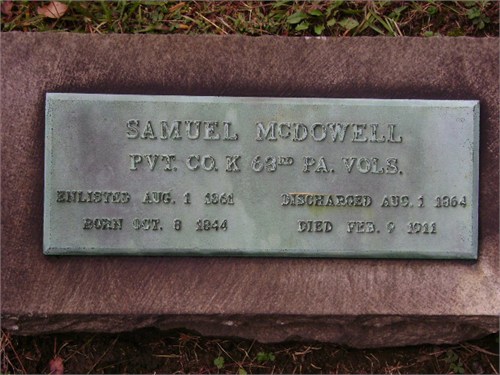
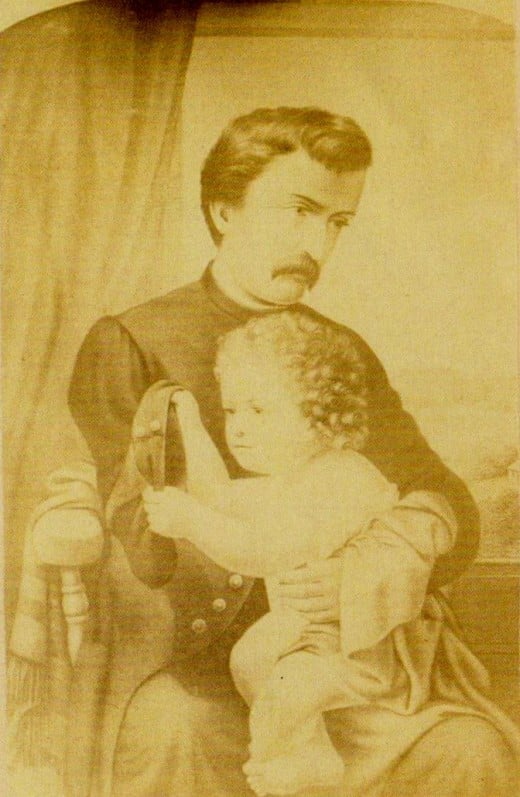
Recommended Reads
Works Referenced
63rd Pennsylvania Regiment. Pennsylvania Civil War Volunteers. 2012. Online at http://www.pacivilwar.com/regiment/63rd.html.
Bozic, William. Civil War Battlefield Tour - A Photographic History into the Regiments of John Denver and William W. Wood. 2005. Online at http://freepages.genealogy.rootsweb.ancestry.com/~kelleywood/westpennsylvania/Civil%20War%20Tour/civilwarbattlefieldtour.html
Civil War Battle Fields. Civil War Trust. 2011. Online at www.civilwar.org/battlefields
Davis, Kenneth C. Don't Know Much About History: Everything You Need to Know About American History But Never Learned. Perennial: New York, 2003.
Donald, David. Divided We Fought: 1861-1865. The MacMillian Company: New York. 1952.
Dyer, Frederick H. A Compendium of the War and of the Rebellion Compiled and Arranged from Official Records of the Federal and Confederate Armies, Reports of the Adjutant Generals of Several States , the Army Registers, and Other Reliable Documents and Sources. The Dyer Publishing Company: Des Moines. 1908.
Epperson, Jim. The Siege of Petersburg. 1998. Online at http://www.petersburgsiege.org/
Hawks, Steve. 63rd Pennsylvania Infantry Regiment. Civil War in the East. Hawks Interactive. 2012. Online at http://www.civilwarintheeast.com/USA/PA/PA063.phpHays, Gilbert A. Under the Red Patch: The Story of the Sixty-Third Regiment Pennsylvania Volunteers: 1861-1865. Sixty-Third Pennsylvania Volunteers Regimental Association: Pittsburgh. 1908.
Tindall, George Brown and David Emory Shi. America: A Narrative History. Volume 1. 5th Ed. W. W. Norton and Company. New York. 2000.

